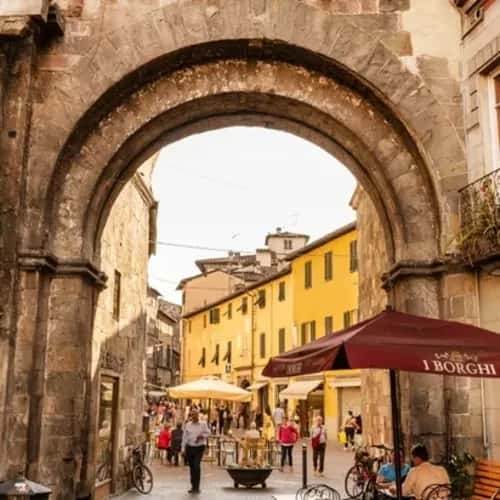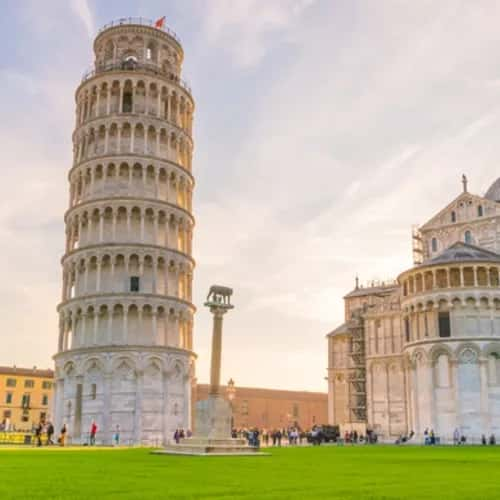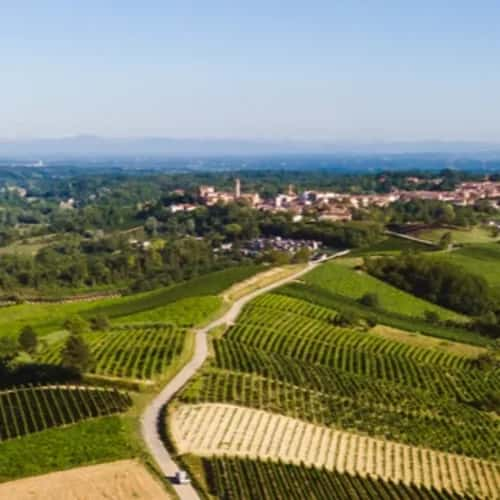The Fascinating Story Behind the Leaning Tower of Pisa
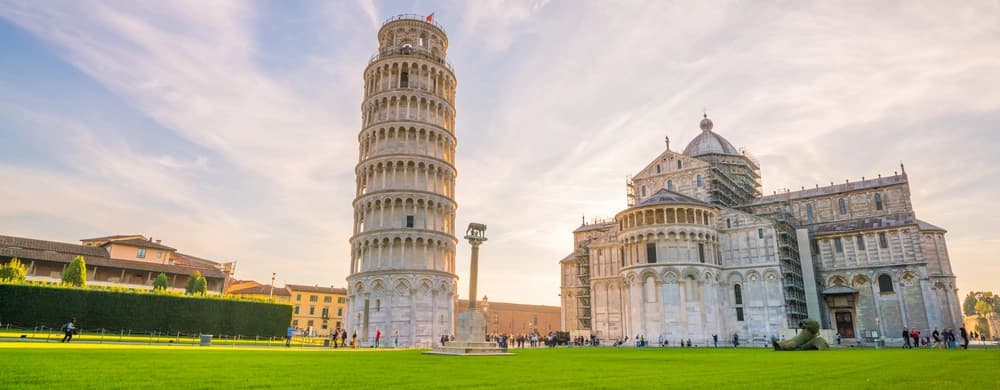
Introduction to the Leaning Tower of Pisa
Standing tall and slightly tilted, the Leaning Tower of Pisa is a marvel of architectural beauty and an iconic symbol of Italy. It is a universally recognized structure that draws millions of tourists from all over the world every year. Its distinctive tilt has earned it a unique position in the annals of architecture and made it a subject of intrigue and fascination. However, the Leaning Tower is more than just an architectural curiosity. It's a testament to human ingenuity and resilience, a symbol of the rich history and cultural heritage of Pisa, and a captivating subject of myths, legends, and stories that have been passed down through generations.
The Leaning Tower of Pisa, popularly known as simply the Leaning Tower, is not just an architectural marvel but also a symbol of Italy's rich history and cultural heritage. This freestanding bell tower, part of the cathedral complex in the city of Pisa, is a fine example of medieval European architecture. Despite its precarious tilt, the Leaning Tower has withstood the ravages of time, weather, and even wars, standing as a beacon of the city's resilience and spirit.
The Tower is not merely a tourist attraction but a symbol of the city's rich history and cultural heritage. It stands as a testament to the architectural brilliance of the medieval period and the resilience of the people of Pisa. This introduction serves as a gateway to uncovering the fascinating story behind this iconic building, its architectural features, the reason behind its infamous lean, and its place in popular culture.
The Fascinating History of the Leaning Tower
The history of the Leaning Tower is as intriguing as its unique architectural design. Construction of the Tower began in the year 1173, initiated by the wealthy citizens of Pisa who wanted to build a bell tower that would stand out in its grandeur and architectural brilliance. The Tower was designed to be a part of the Pisa Cathedral complex, and it was to be a testament to the city's prosperity and power.
However, the construction of the Tower was not smooth sailing. It was marred by wars, structural problems, and budgetary constraints, which resulted in its construction spanning over two centuries. The Tower's infamous lean, which it is best known for today, began to develop during the early stages of its construction due to the soft and unstable soil on which it was built.
Despite the challenges faced during its construction, the Leaning Tower of Pisa was finally completed in the 14th century. Over the years, it has survived numerous natural disasters, including several earthquakes, and stood the test of time. Today, it is one of the most famous architectural landmarks in the world, attracting millions of tourists each year.
Why does the Leaning Tower Lean?
The Leaning Tower of Pisa is best known for its distinctive tilt. But what causes this unique architectural feature? The answer lies in the geology of the location where the Tower was built. The ground beneath the Tower is a mixture of soft clay, fine sand, and shells, which is not stable enough to support the weight of such a massive structure.
During the construction of the Tower, builders noticed that it was beginning to lean. Despite attempts to correct the tilt by adjusting the design and construction techniques, the Tower continued to lean, and it was eventually decided to proceed with the construction despite the tilt. Over the years, the lean has continued to increase, reaching its peak in 1990 when the tilt was measured at 5.5 degrees.
However, despite its precarious lean, the Tower has remained standing, thanks to numerous restoration and stabilization efforts. The Leaning Tower of Pisa is a testament to human ingenuity and the resilience of architectural structures, even in the face of seemingly insurmountable challenges.
How the Leaning Tower was Built
The construction of the Leaning Tower of Pisa was a monumental undertaking that spanned over two centuries. The Tower was built in three stages, with numerous interruptions due to wars, budgetary constraints, and structural problems.
The first stage of construction began in 1173 and lasted until 1178. During this time, the first three stories of the tower, including the base, were built. However, the construction was halted when the builders noticed that the tower was starting to lean due to the unstable soil beneath it.
The second stage of construction started nearly a century later, in the late 13th century. During this period, attempts were made to correct the tilt by building the upper floors with one side taller than the other. However, these attempts were unsuccessful, and the tower continued to lean.
The third and final stage of construction took place in the late 14th century, during which the bell-chamber was added to the top of the tower. Despite the numerous challenges and interruptions, the Leaning Tower of Pisa was finally completed, standing as a testament to the tenacity and resilience of its builders.

Key Architectural Features of the Leaning Tower
The Leaning Tower of Pisa is not just known for its distinctive tilt but also for its remarkable architectural design. The Tower stands at a height of about 56 meters and has eight stories, including the base and the bell-chamber. The exterior of the Tower is adorned with intricate marble carvings and four tiers of arcades, which add to its aesthetic appeal.
The interior of the Tower houses a spiral staircase, which leads to the top of the building. From the top, visitors can get a stunning panoramic view of the city of Pisa and its surrounding areas. The bell-chamber houses seven bells, each representing a note of the musical major scale.
Despite the challenges faced during its construction, the Leaning Tower of Pisa is a masterpiece of medieval European architecture. Its unique design, intricate details, and the famous lean make it a marvel of architectural engineering and a popular tourist attraction.
Myths and Legends Surrounding the Leaning Tower
Like many historical landmarks, the Leaning Tower of Pisa is surrounded by numerous myths and legends. One of the most popular legends is that Galileo Galilei, the famous Italian astronomer, used the Tower to conduct his experiments on gravity. According to the legend, Galileo dropped two spheres of different masses from the top of the Tower to prove that they would hit the ground at the same time, regardless of their weight.
Another popular myth is that the Tower's distinctive tilt was a result of a miscalculation by its architect. However, historical records suggest that the lean was not intentional but was caused by the unstable soil beneath the Tower.
These myths and legends add to the allure and mystique of the Leaning Tower of Pisa, making it a fascinating subject of historical and cultural interest.
Conservation Efforts for the Leaning Tower
Over the years, numerous efforts have been made to preserve and protect the Leaning Tower of Pisa. In the late 20th century, the Tower was closed to the public for over a decade due to safety concerns. During this time, extensive restoration and stabilization work was carried out to prevent the Tower from collapsing.
These efforts included removing soil from beneath the raised end of the Tower, installing steel cables to stabilize it, and adding lead weights to the base to counterbalance the tilt. Thanks to these efforts, the Tower's lean was reduced to less than 4 degrees, and it was reopened to the public in 2001.
Today, the Leaning Tower of Pisa is under the care of the Opera della Primaziale Pisana, a non-profit organization dedicated to the preservation and promotion of Pisa's cultural heritage. Regular monitoring and maintenance work is carried out to ensure the safety and longevity of this iconic landmark.
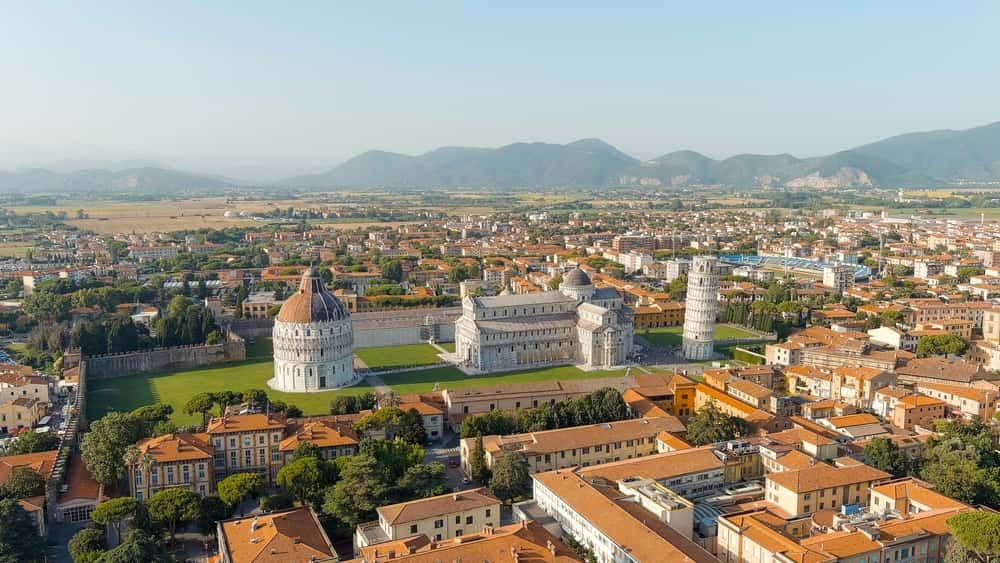
Visiting the Leaning Tower: What to Expect
Visiting the Leaning Tower of Pisa is a unique and mesmerizing experience. The Tower is located in the Piazza dei Miracoli, a UNESCO World Heritage Site known for its stunning medieval architecture. The Tower stands alongside the Pisa Cathedral, the Baptistery, and the Camposanto, all of which are worth exploring.
Upon entering the Tower, visitors can climb the 294 steps of the spiral staircase to reach the top. The climb may be a bit strenuous, especially considering the Tower's tilt, but the breathtaking views from the top are well worth the effort.
Visitors are also encouraged to take the time to appreciate the architectural details of the Tower, from the intricate marble carvings to the four tiers of arcades. A visit to the Leaning Tower of Pisa is not just a sightseeing tour but a journey into the rich history and cultural heritage of the city of Pisa.
The Leaning Tower in Popular Culture
The Leaning Tower of Pisa has been a popular subject in various forms of popular culture, from films and television shows to books and music. It has been featured in numerous Hollywood movies, including "Superman III" and "The Italian Job," and has been referenced in popular TV shows like "The Simpsons" and "Doctor Who."
The Tower has also been a source of inspiration for many artists and writers. It has been depicted in paintings, sculptures, and literary works, and it has been the subject of numerous songs and poems.
The Leaning Tower of Pisa's unique design and fascinating history have made it an iconic symbol of Italy and a popular tourist attraction. Whether you're an architecture enthusiast, a history buff, or simply a curious traveler, the Leaning Tower of Pisa is a must-visit destination that promises a unique and unforgettable experience.

Related Tours

3 Days
Discover the Best of Italy, from the ancient treasures of Rome to Renaissance Florence and everything in between

4 Days
You could spend an eternity exploring the enchanting Italian capitals of Venice, Florence, and Rom.
More Articles
How Excellent is Italy Trip Packages?
Italy Trip Packages is proud to be the best travel agency in Italy, according to our many positive reviews.
Frequently asked questions


